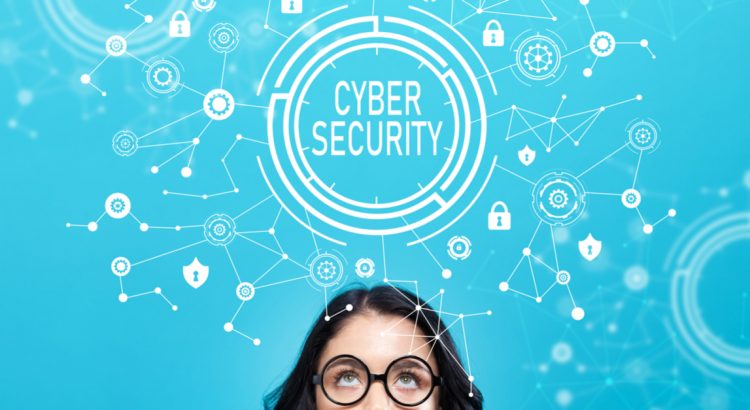Social media is an ever-present area of most of our lives and makes up a large portion of user activity on the web on a daily basis. Knowing how to use social media safely is key to protecting yourself from cyber-attacks online.
Be careful what you share – an attacker could be watching!
New employers may also use social media to find out about you.
Multiple accounts
Most people will have multiple social media accounts: Facebook, Twitter, LinkedIn, Instagram, Snapchat … the list goes on. Most businesses will also have the same. It is important to use social media as it is a powerful tool for staying in touch with friends, colleagues and even clients. However, if used incorrectly it can cause issues.
Posting in isolation
When you post on a platform, it is typically a small update about something seemingly insignificant. Then a photo is shared on another platform and so on. This can be used by attackers to gain lots of knowledge about a person or business. They can add up all these snippets and link together posts from multiple platforms. Some of the biggest platforms have been around for ten years – this is a lot of data about a single person that can be investigated.
Know what’s public
One of the most important things about social media platforms is for users to know what is public, what can be seen by friends and what is private. All large platforms have Security Settings and Privacy Settings options. You should double check these settings to make sure you know what can be seen. If you are a parent and you set up pages for your families or children make sure you have checked the settings and they are set to an appropriate level.
Facebook
Facebook is the largest social media platform with approximately 1.97 billion active users. The idea behind Facebook is to allow users to share their events and experiences with an audience of their choosing.
Facebook also have their own messaging service.
Facebook offers privacy controls that you can manage.
Have a look at the factsheet-facebook – from Scottish Business Resilience Centre.
Twitter
Twitter is a social networking service that allows users to express their thoughts and opinions with 280 characters posts known as ‘tweets’. Twitter allows you to follow other public users and post publicly or privately to others.
Tweets are usually public to everyone.
Used for discussing popular topics worldwide.
Have a look at the factsheet-twitter – from Scottish Business Resilience Centre.
Instagram
Instagram is a smartphone app created for users to share videos and photos with their friends, family, and others. Users are then free to post content, follow other accounts, and allow users to follow them.
Photos uploaded are public by default.
users often apply filters to change how their photos look.
Have a look at the factsheet-instagram – from Scottish Business Resilience Centre.
Snapchat
Snapchat is a photo sharing social media site built for mobile phones. It encourages “as-it-happens” sharing with photos taken throughout a person’s day. This generally appeals to younger people.
Snaps are meant to be temporary.
Snaps can be saved without you knowing.
Have a look at the factsheet-snapchat – from Scottish Business Resilience Centre.
LinkedIn
LinkedIn is a social media platform for professionals to display their skills, Connect with other professionals and search for jobs. “Connecting” with someone is similar to a friend request, which allows you to view more information about each other, and send private messages.
LinkedIn is the world’s largest professional network.
Be careful who you connect with on LinkedIn.
Have a look at the factsheet-linkedin – from Scottish Business Resilience Centre.
We have paper copies of these fact sheets in the library for anyone who would like a copy.
With thanks to Scottish Business Resilience Centre who provided this information.
